What to Do in a Flood at Home: 21 Key Tips
-
Pete Ortiz
- Last updated:
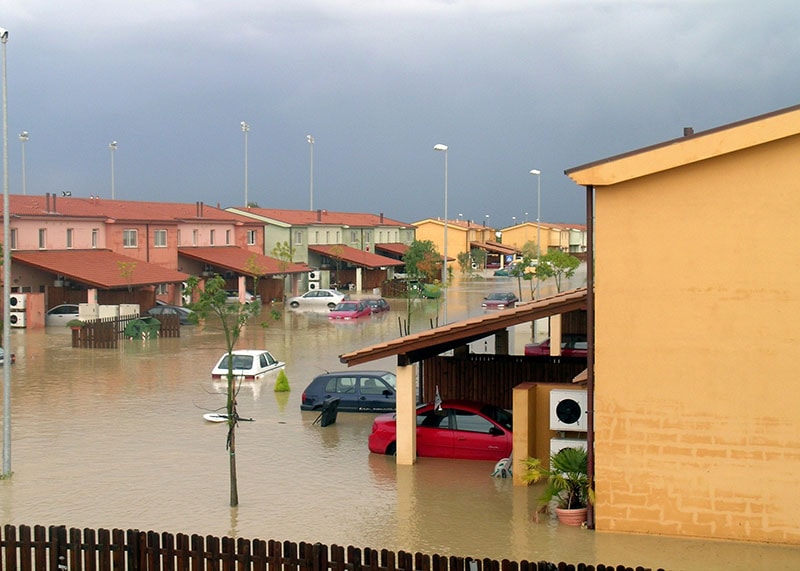
Floods can occur suddenly and without warning, leaving homeowners unprepared for the damage it causes. During a flood, your home is at risk of water seeping in through windows, doors, and other openings, damaging the walls and furniture inside.
To protect your property from being damaged by floods, here are 21 key tips to keep in mind. Taking the proper steps to prepare for a flood can save you from costly repairs and long-term damage. Read on to find out what you should do in a flood at home.
The 21 Tips on What to Do in a Flood at Home
1. Stay Calm
While it may be difficult, try and stay as calm as possible. This will help you to think clearly and assess the situation more quickly. Moreover, it will allow you to be of better help to your family and ensure their safety.
2. Turn Off Utilities
If there is water rising around your home, turn off all utilities such as gas, electricity, and water at the mains. Your haste in doing this can prevent further damage from occurring, and it can also better ensure the safety of your loved ones.
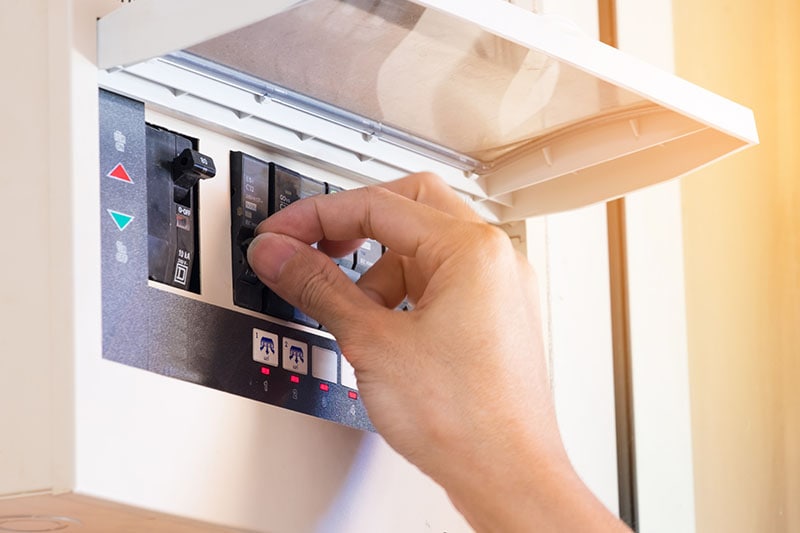
3. Move Important Items
Gather all important documents, valuables, and other items in a safe area of your home that’s not at risk of flooding. While there may be limited time, try and secure as many items as you can, as you don’t know how long the flood will last.
4. Raise Furniture
Place furniture on tables, platforms, or other objects higher up to keep them from being damaged by water. This can help prevent furniture from floating away and also protect it from being destroyed by the water.
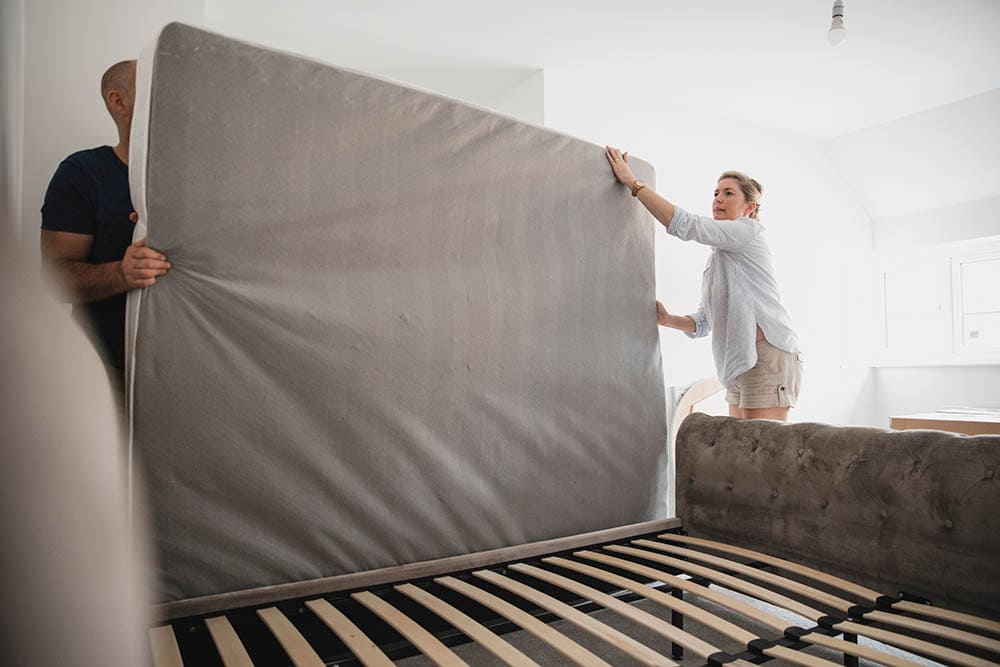
5. Create a Barrier
Use sandbags, boards, and other items to create a barrier around your home that can help keep floodwaters away. You may have to use more than one of these methods to create a secure barrier, and you might have to use any household furniture or items that are readily available to you.
6. Seal Openings
Use duct tape, boards, and other materials to seal off any openings in your home that water could enter through. This can help keep water from entering the interior of your home and causing further damage.
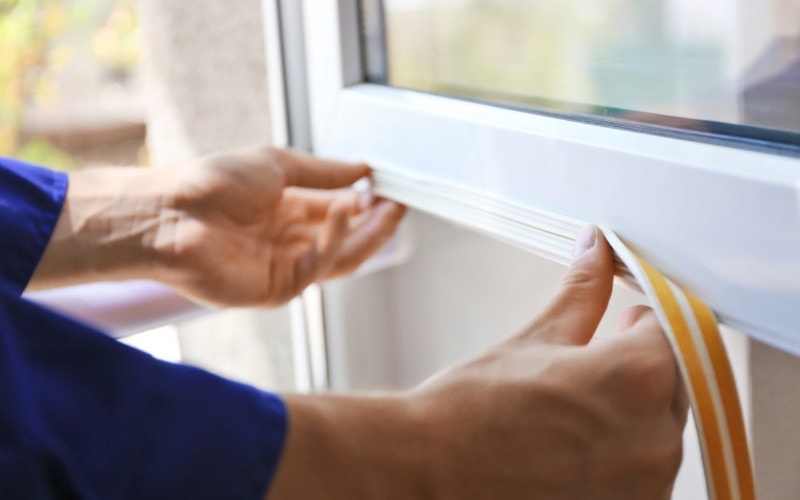
7. Use Heavy-Duty Plastic
Block openings and gaps in your home with heavy-duty plastic sheets that can help keep flood waters out. Be sure to secure the edges of the plastic tightly so that it doesn’t get pulled away by the water pressure.
8. Stay Up-to-Date
Stay informed of the latest updates on the flooding situation in your area, whether it’s through news station alerts or local authorities. Incoming updates can help you be aware of any changes and make sure that you are taking the right steps to keep yourself, your family, and your property safe.

9. Unplug Electrical Items
Unplug all electrical appliances from the power source to avoid any electrocution risks if they come in contact with floodwaters. This includes your TV, computer, microwave, washing machine, and any other electronic device.
10. Be Prepared for an Evacuation
Be prepared to evacuate your home if necessary, as flooding can often cause dangerous situations. Have an emergency kit ready with essentials such as food, water, and clothing that you may need during the evacuation.
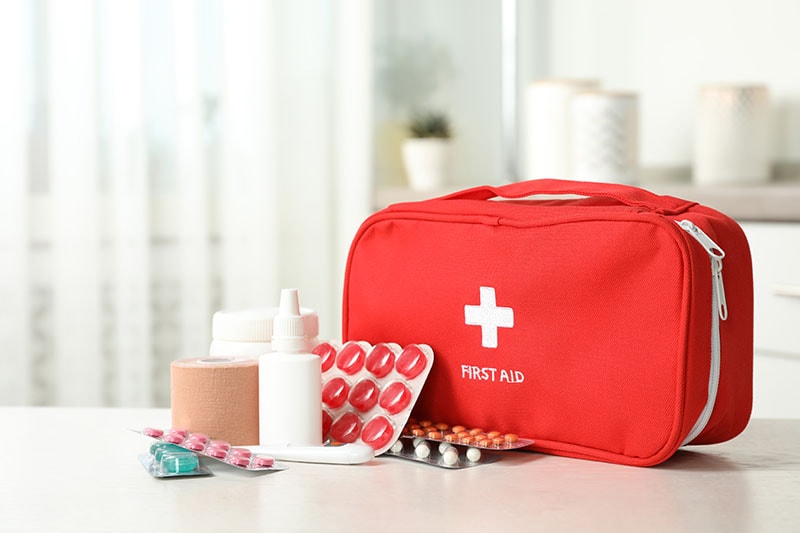
11. Keep Your Pets Safe
If you own pets, make sure they are safe and secure during the flood. Move them to a higher level of your home or bring them with you if you need to evacuate (see above). If you have time and can plan accordingly, take your pets to a friend or family member’s home until the floodwaters subside.
12. Wear Protective Clothing
Wear protective clothing such as rubber boots and gloves when handling any flooded items to prevent water from coming in contact with your skin. This helps protect you from any contamination that may be present in the water.
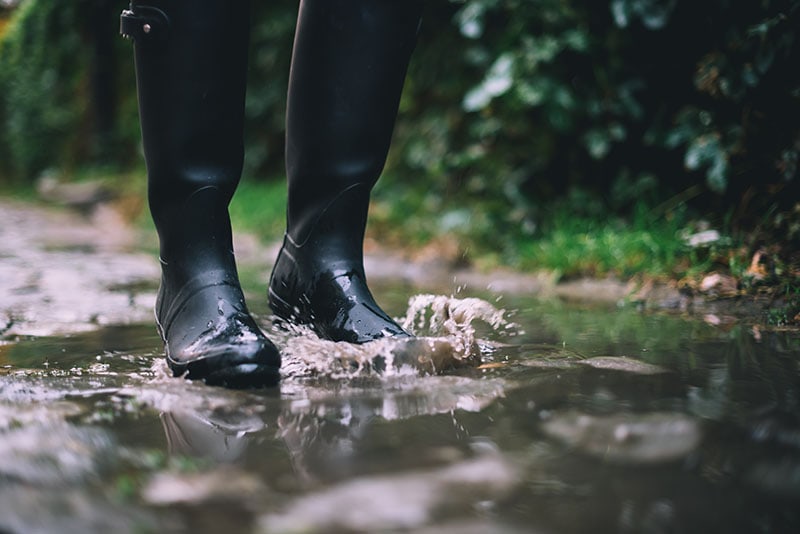
13. Don’t Touch Floodwaters
Do not touch floodwaters if possible, as they may contain various contaminants and dangerous bacteria that can be hazardous to your health.
14. Contact Your Insurance Provider
After the flooding has subsided, contact your insurance provider to see if you are eligible for any compensation. If you do have coverage, they can help you with filing a claim and get the necessary repairs done on your property.
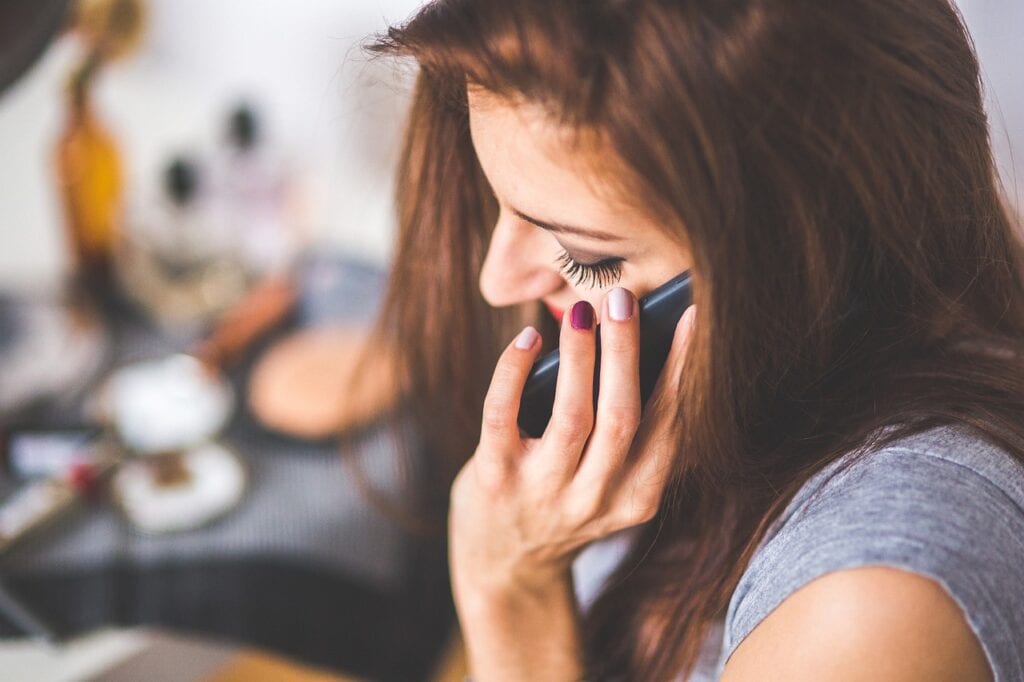
15. Watch Out for Structural Damage
Once the flooding has stopped, inspect your home and surrounding areas to ensure that no structural damage has occurred. Check walls, foundations, floors, ceilings, and other parts of your home for any cracks or weakened spots that may have resulted from the flood.
16. Hire Reputable Contractors
When it’s time to make repairs to your property, always hire reputable contractors to do the job. Ask for references and make sure they are experienced in flood-related repairs before signing a contract with them.
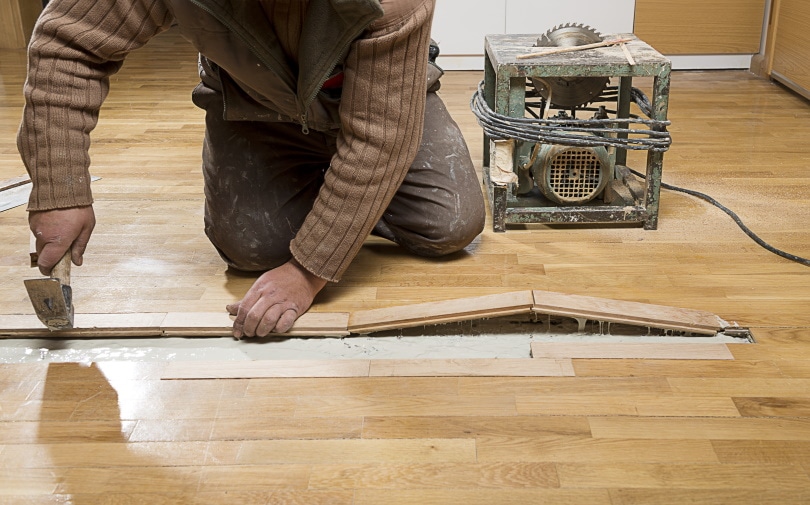
17. Take Pictures
It’s important to take pictures of any damages that were done to your home during the flood. These photos can help you prove your case when filing an insurance claim or seeking compensation from other sources.
18. Safely Remove Standing Water
There are several ways to safely remove standing water from your home, such as hiring a water removal service or using pumps. Be sure to use the proper safety precautions when handling any equipment used for this purpose.
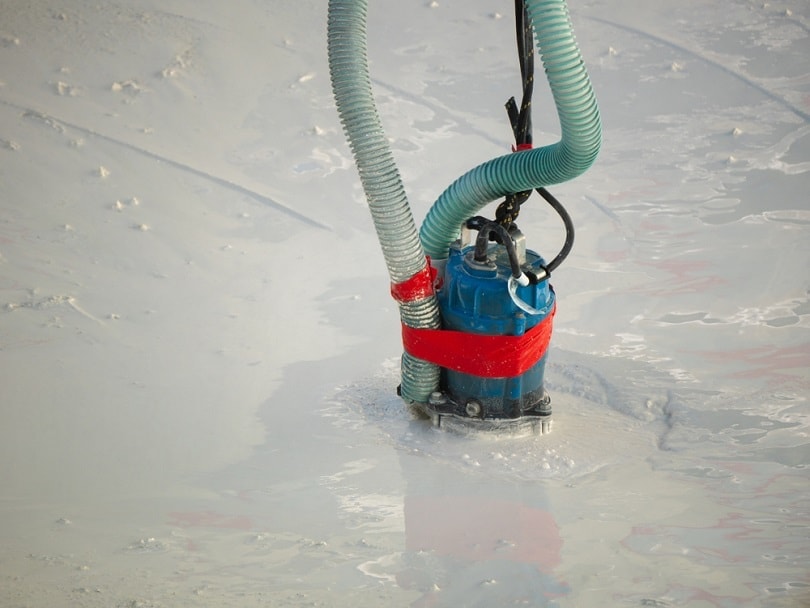
19. Plan for Mold Mitigation
Floods can often lead to the formation of mold in various parts of your home. It’s important to take action and plan for mitigation as soon as possible, as the longer you wait, the more damage can occur.
20. Be Patient
It’s important to be patient during the reconstruction process, as it can often take a long time to get everything back in order. Take things one step at a time, and don’t be afraid to ask for help if you need it.
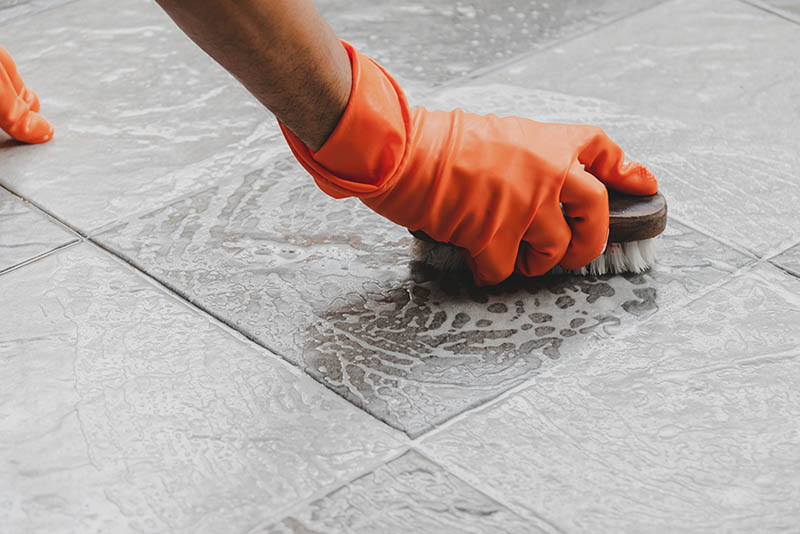
21. Look Out for Scams
Be aware of any potential scams that may pop up after a flood. Make sure you are only hiring legitimate contractors, and don’t be afraid to ask for referrals or proof of credentials.
Unfortunately, scammers often take advantage of people in times of need. Taking the necessary steps to protect yourself will help ensure your safety and well-being during this difficult time.
In Conclusion
Floods can be a huge hassle and cause a great deal of damage to your home and belongings. But with the right information and guidance, you can minimize the impact on your home and property by following the tips mentioned in this article.
Knowing what to do in a flood at home will help you feel better prepared for any potential flooding disaster that may come your way. It’s important to stay vigilant and proactive when it comes to preparing for a flood, so make sure you review the advice in this article and take the necessary steps to protect your home.
- You might also be interested in: 33 Different Types of Palm Trees (With Pictures)
Featured Image Credit: 12019, Pixabay
Contents



